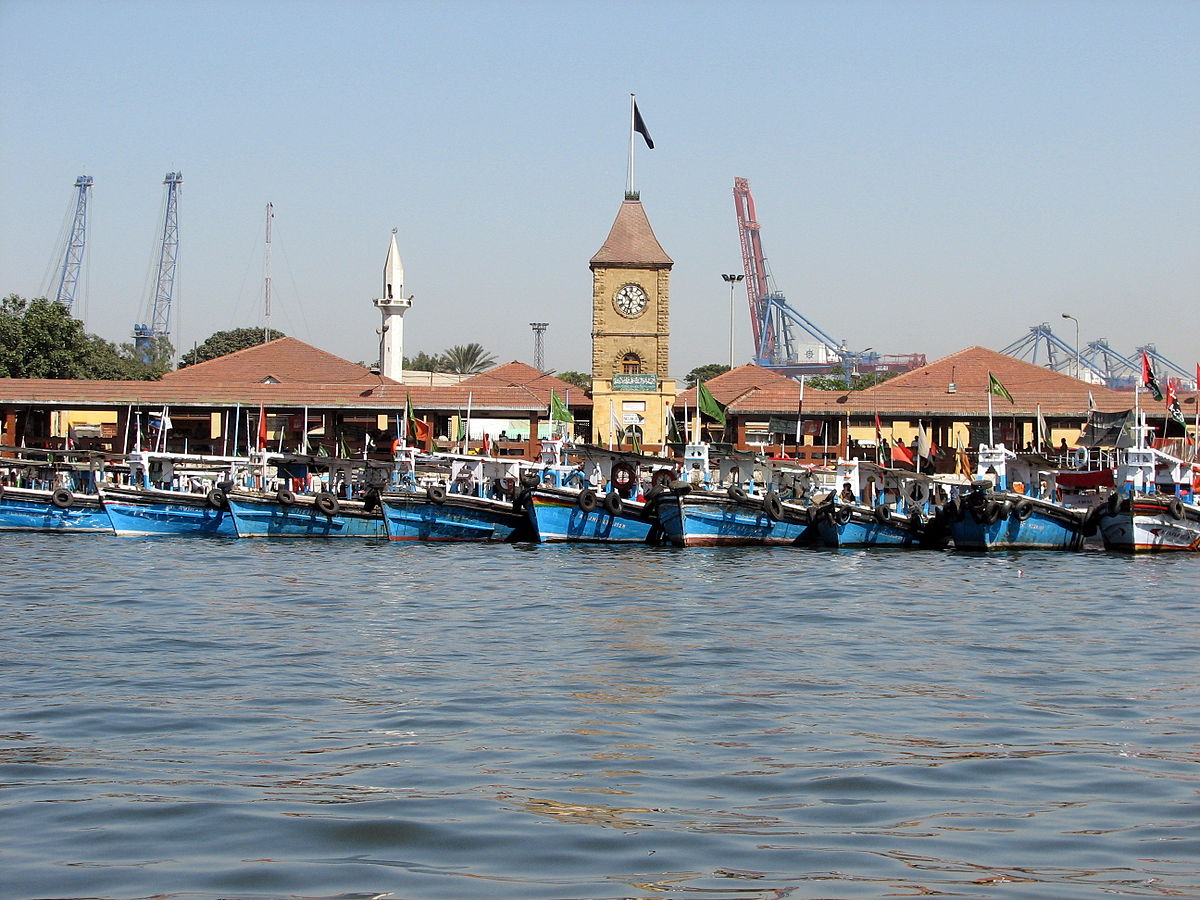The situation is getting worst in Karachi’s Kemari where a mysterious gas leakage caused panic and source of this toxic gas leak is still unclear on Tuesday as officials from the Sindh health department confirmed the death toll had risen to at least 14, two days after residents from adjoining areas rushed to hospitals complaining of breathing difficulties.
According to officials the origin of the outbreak in Kemari is known, however prominent scientist and President of Prime Ministers’ Science and Tech task force, Dr. Atta ur Rehman, spoke out about the situation and stated that these deaths are caused by Soya Bean aerosol particle or Soya bean dust that released in air during docking and offloading from the ancho-style ships at the Karachi port.
Although, a team of Nuclear, Biological and Chemical Defence (NBCD) under Pakistan Navy was engaged in chemical analysis of the unidentified gas and samples are sent to SUPARCO and Karachi University and the situation will hopefully get clear within one or two days.

According to Dr. Atta ur Rehman, such Soya bean Allergy cases had been recorded in 1987, and it mostly attacked asthma patients who are elderly, less immune, smokers, and weak.
From 1981 to 1987, 26 outbreaks of asthma have occurred in the city of Barcelona, Spain, affecting a total of 687 subjects and causing 1155 emergency room admissions. Assays of urban aerosols collected with high-volume samplers between October 1986 and May 1989 have indicated that soybean dust originating from harbor activities (and not traffic or industrial pollution) is the causal agent for these epidemics. Soybean particulates in the filters have been
Characterized by the composition of the alcohol fraction, namely, campesterol, stigmasterol, /3-sitosterol, n-triacontanol-l-01, and n-dotriacontane-l-01, constituting a series of aerosol components correlated with the epidemiologic data. This result has also been confirmed by the immunochemical assay of specific soybean allergens. The concentration of these sterols in the air corresponds to a 24 hour average level of soybean dust in the order of 25 pglm’ on epidemic days. These results suggest the advisability of monitoring soybean dust in air particulates of populated areas surrounding soybean storage or processing plants. The techniques presented here afford a simple way for the recognition of soybean dust in aerosols containing high concentrations of organic pollutants of traffic or industrial origin.

The asthma outbreaks identified in Barcelona were characterized for their clinical severity.a-so the increased concentration of nitrogen oxide was initially suspected as the asthma inducer, but later epidemiologic data demonstrated that the outbreak was a point-source epidemic. Further epidemiologic studies led to the conclusion that these outbreaks of asthma were caused by the inhalation of soybean dust released during the unloading of soybeans at the city harbor.
The results of many studies conducted in Barcelona during 1987 to 1989 indicated above strongly suggest that the occurrence of asthma outbreaks in Barcelona was related to rises in the airborne concentration of compounds that must reflect the presence of the allergens in the aerosols of the city.
A similar situation has been observed in Karachi’s Kemari area where earlier officials suspected that air contains a higher amount of Nitrogen oxide or hydrogen Sulphide, but these claims were later rejected.
Despite improved medical care, asthma mortality has not been significantly reduced worldwide. Whether or not this is due to changes in the background frequency of the diseases or to the appearance of new etiologic factors in the community is not clear. The prevalence of asthma in developed countries has been attributed to environmental factors associated with the urban way of life: traffic fumes, industrial and domestic pollution, tobacco smoke, natural allergens, etc. As the saying goes, prevention is better than cure, so the need of the hour is a healthy lifestyle and a clean and safe working environment.
Also Read: CAPTURING NATURE THROUGH A LENS

Saadeqa Khan is the founder, CEO, & Editor-in-Chief of Scientia Pakistan. She’s a member of the Oxford Climate Journalism Network (Second Cohort) and NASW. Saadeqa is a fellow of NPF Washington, The Falling Walls Foundation, and the Science Journalism Forum. Saadeqa has won several international journalism grants and awards for her reports.

